ASUS Vivobook S 16 OLED (S5606) Review: Sweet sixteen
Original price was: $989.99.$869.99Current price is: $869.99.
Our current favourite laptop, the Dell Inspiron 14 Plus, has an Intel Core Ultra 7 155H processor and a 14in screen. If you want to ‘upsize’ your screen you’ll need to pay a bit more – and the Vivobook S16 OLED would be a good choice. It has the same 16-core processor, 16GB of RAM and a 1TB SSD, but offers a larger 16in OLED screen.
lt’s solidly built, runs well and has an impressive screen
Paying £300 more, you get a sturdier chassis made entirely from metal. There’s a slight flex to the lid if you put a lot of pressure on it, but its otherwise solid. It’s larger overall than the Dell Inspiron 14 Plus, measuring 15.9x354x247mm (HxWxD), thanks to its bigger screen, but it’s actually slimmer when folded up.
Nor does Asus skimp on ports, with an HDMI socket, microSD card slot, 3.5mm headphone jack and two USB-C ports on the left, while two USB 3.0 ports sit on the right (all pictured below). Wi-Fi 6E and Bluetooth 5.4 complete the generous connectivity options. Even the 1080p webcam is top quality.
One key benefit of a laptop at this size is the space to include a number pad, which is handy if you’re regularly entering numbers into spreadsheets. However, it does mean a couple of compromises on its layout, with a small single-height Enter key (some straddle two rows to make them easier to hit) and the trackpad is shuffled slightly to the left of centre.
There are no such trade-offs with the 3200×2000-pixel resolution OLED screen, though. Its colour accuracy is seriously impressive, managing 99 per cent of the DCI-P3 standard in our tests. In terms of refresh rate, you can set Windows to run it at 60Hz, 120Hz or let it decide depending on which software you’re using.
At lower brightness levels the screen’s whites aren’t as crisp as we’d like, but pushing this to its 387cd/m2 peak solved that problem. It’s a pleasure to watch films on, with rich blacks and up to 500cd/m2 brightness level for whites in HDR mode. It significantly outclasses the VA screen on the Dell but you’d hope it would for the increase in price.
There were no real surprises when it came to testing its performance. Dell has managed to eke a little more speed out of its smaller laptop, but the difference is marginal. Less marginal, however, is the difference in battery life. The large OLED screen takes its toll here, still managing to last for over nine hours in our general-usage test, but the Dell Inspiron 14 Plus kept going for 15 hours in the same test.
ALTERNATIVE
Dell Inspiron 14 Plus £ A smaller and lesser screen, but longer battery life and better value for money
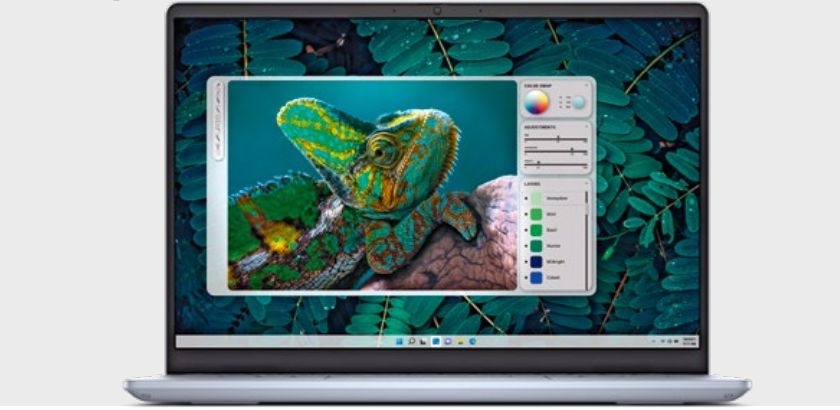
SPECIFICATIONS
16-core Intel Core Ultra 7155H processor • 16GB of memory • Intel Arc graphics • 16in 3200×2000-pixel OLED screen • 1TB SSD • 1080p webcam • Wi-Fi 6E • Bluetooth 5.4 • 2x USB-C ports • 2x USB 3.0 ports • 1x HDMI port* * MicroSD card reader* Windows 11 Home * 15.9x354x247mm (HxWxD) • 1.5kg • One-year warranty
Specification: ASUS Vivobook S 16 OLED (S5606) Review: Sweet sixteen
| Camera | ||||||||||||
|---|---|---|---|---|---|---|---|---|---|---|---|---|
|
||||||||||||
| Connections | ||||||||||||
|
||||||||||||
| Display | ||||||||||||
|
||||||||||||
| Wireless | ||||||||||||
|
||||||||||||
| Laptops | ||||||||||||
|
||||||||||||
| Product properties | ||||||||||||
|
||||||||||||
User Reviews
Be the first to review “ASUS Vivobook S 16 OLED (S5606) Review: Sweet sixteen”

Original price was: $989.99.$869.99Current price is: $869.99.
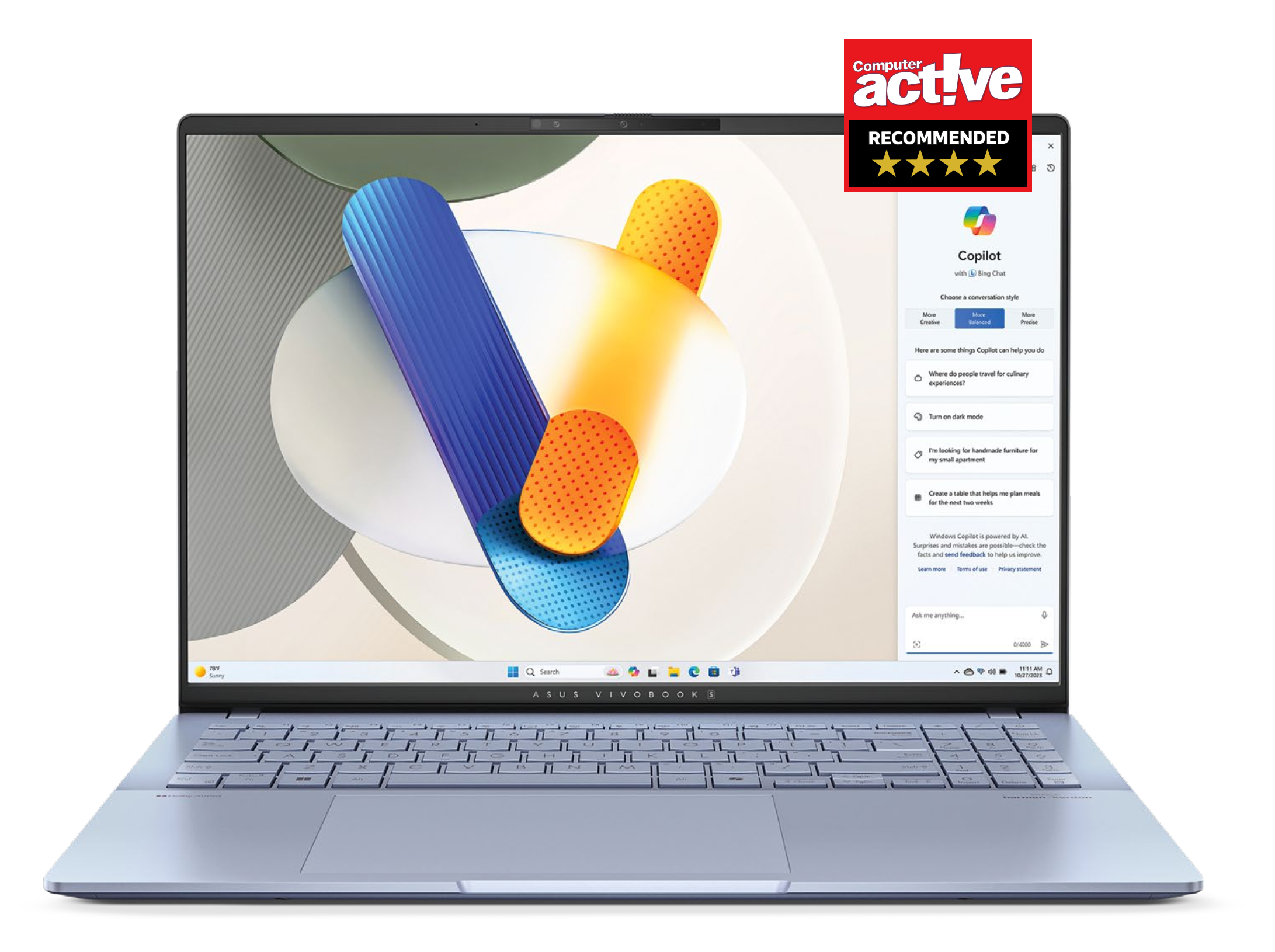

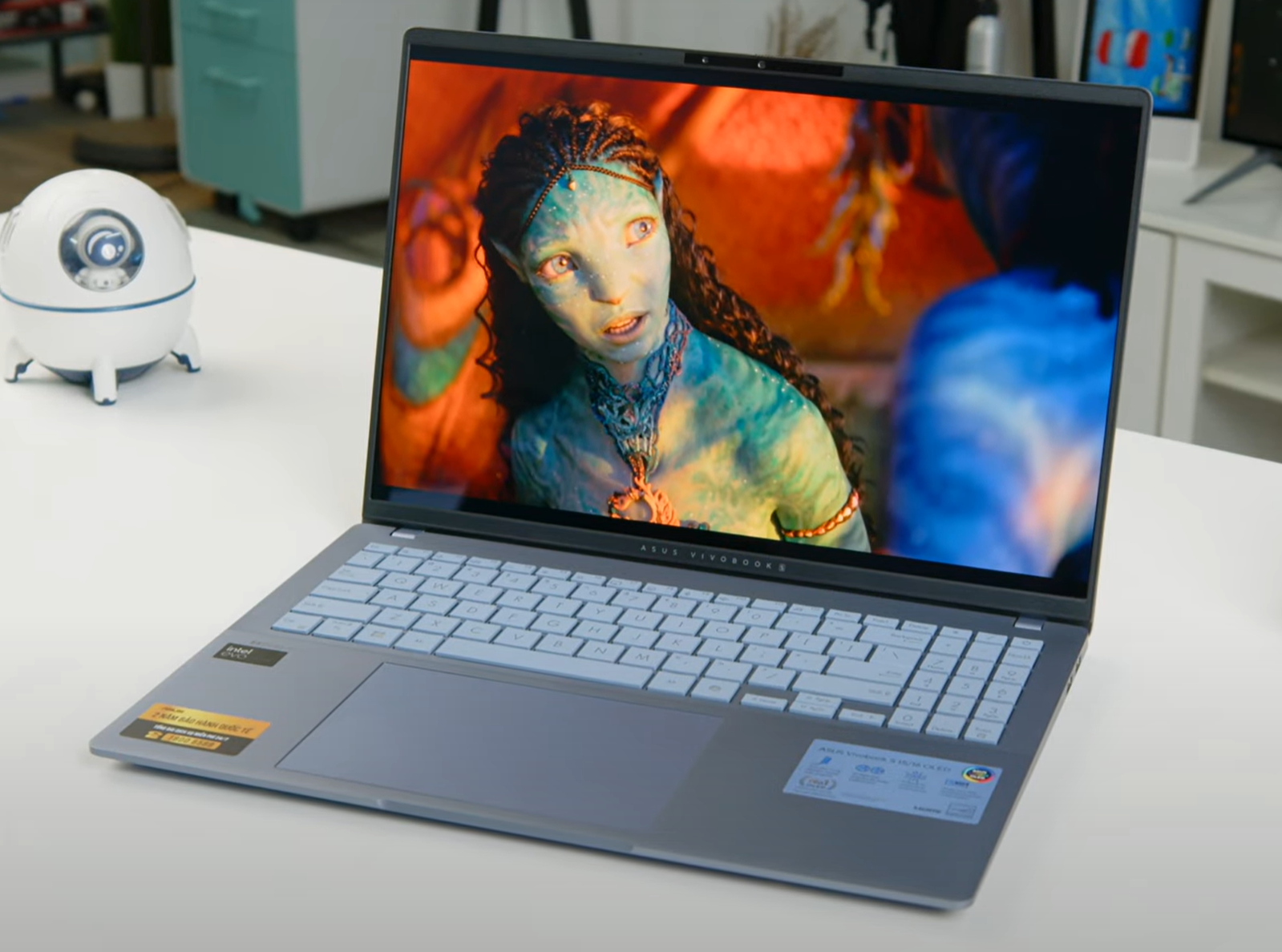
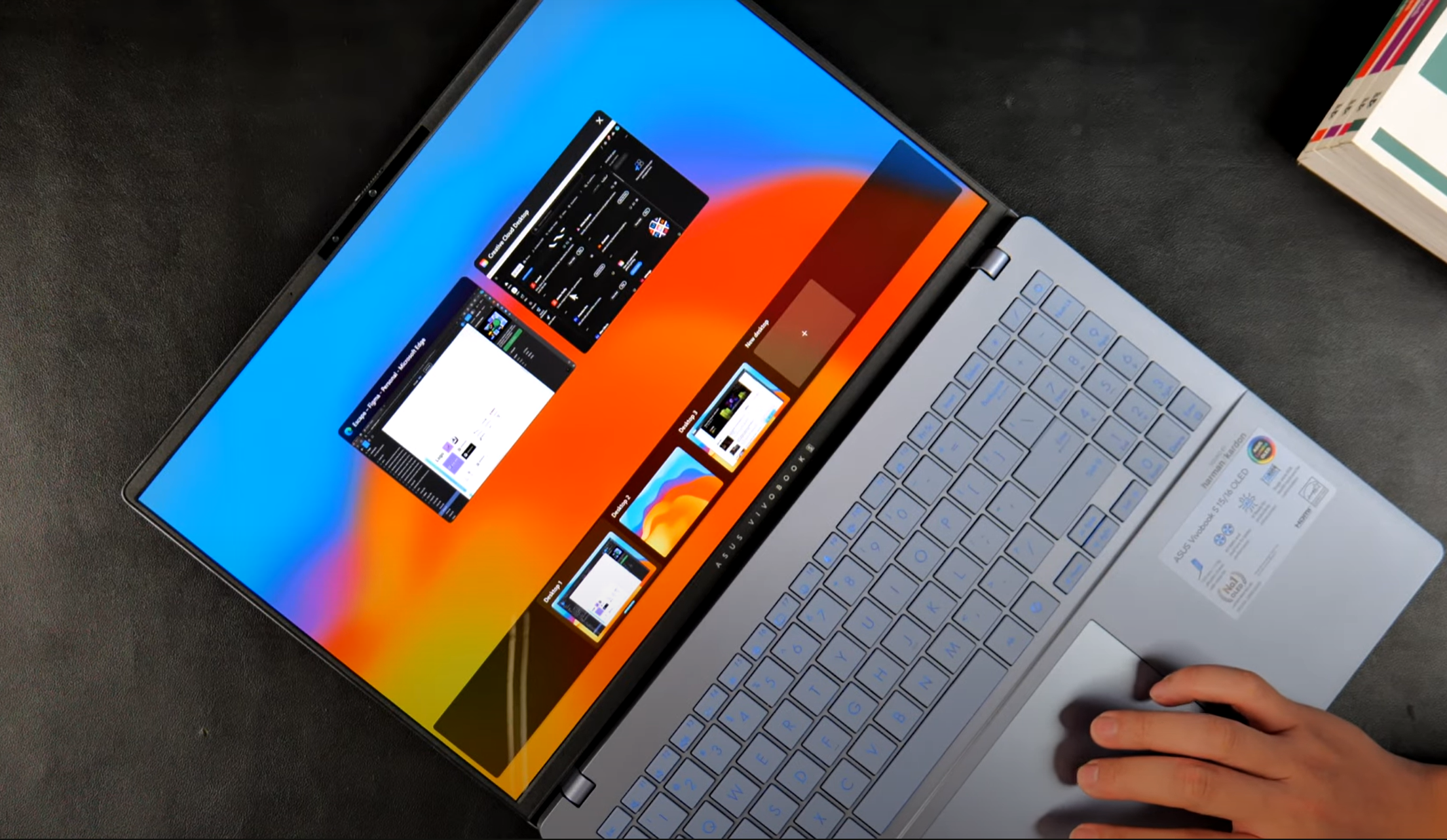
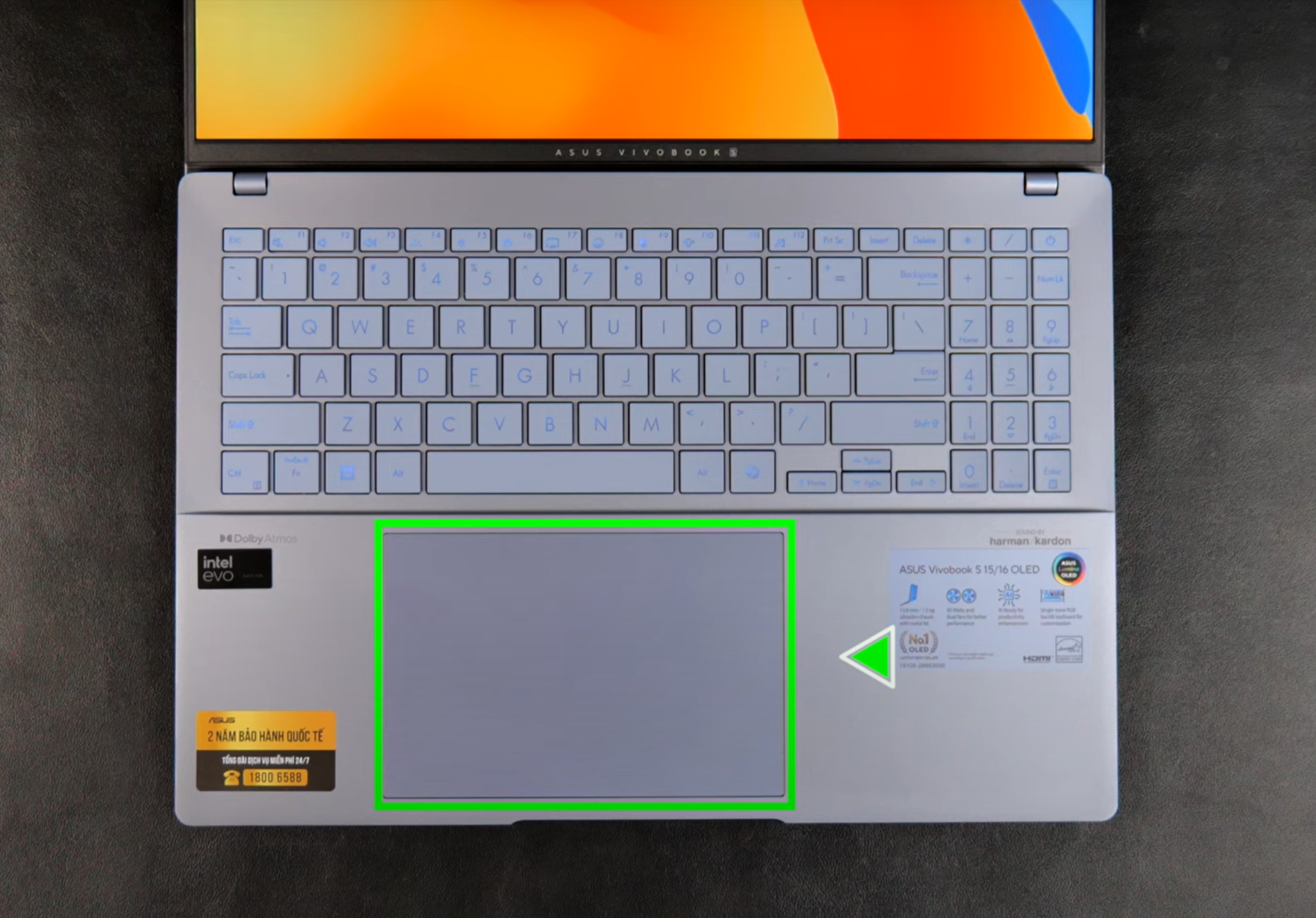
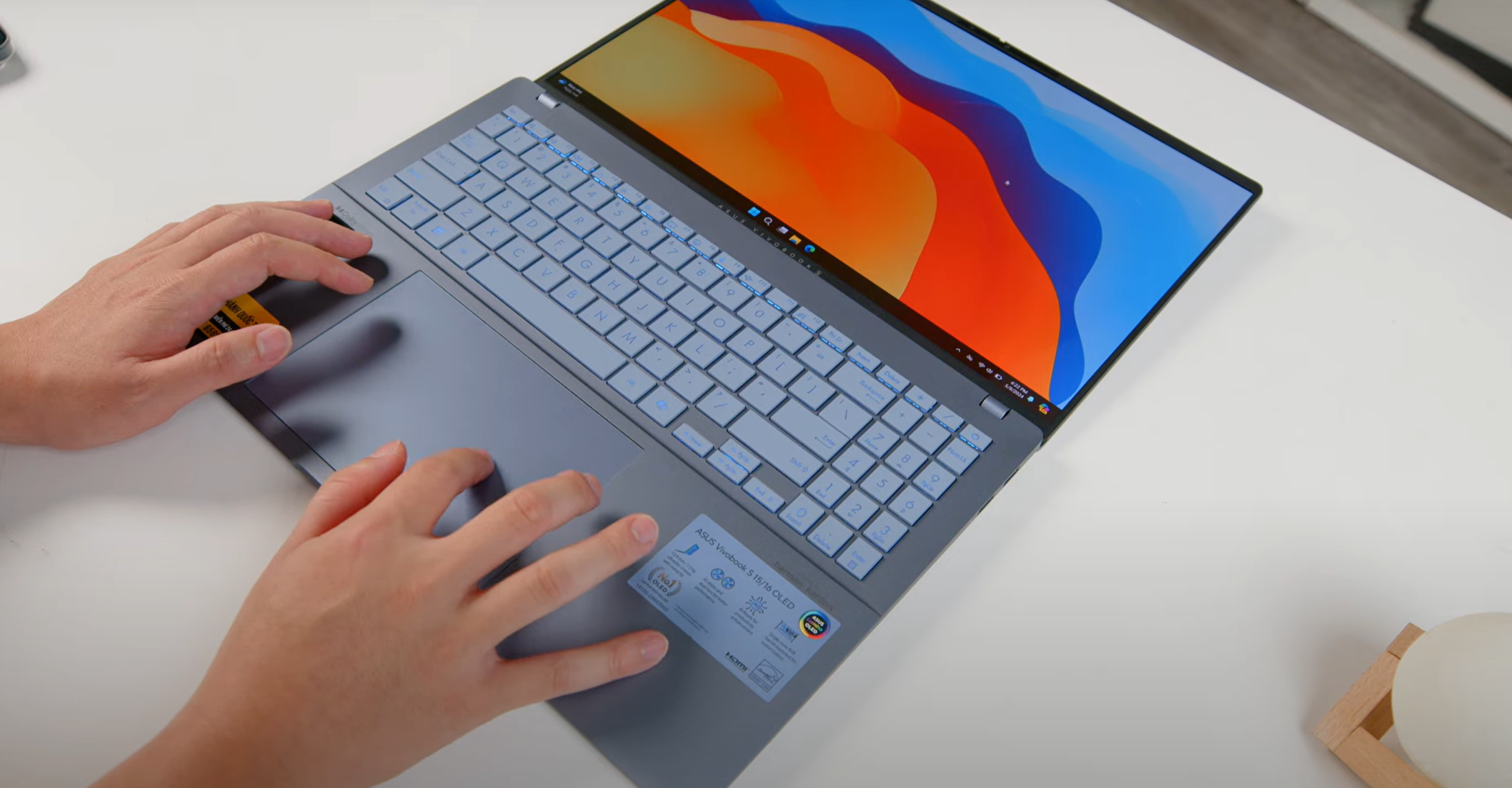
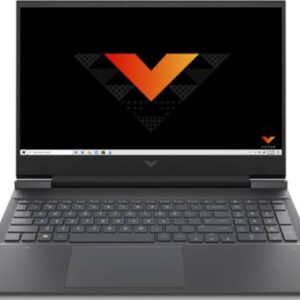


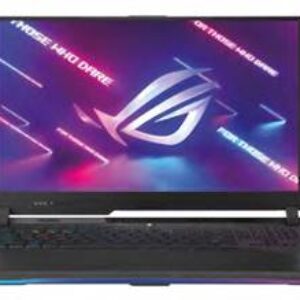

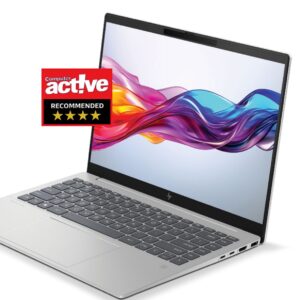
There are no reviews yet.